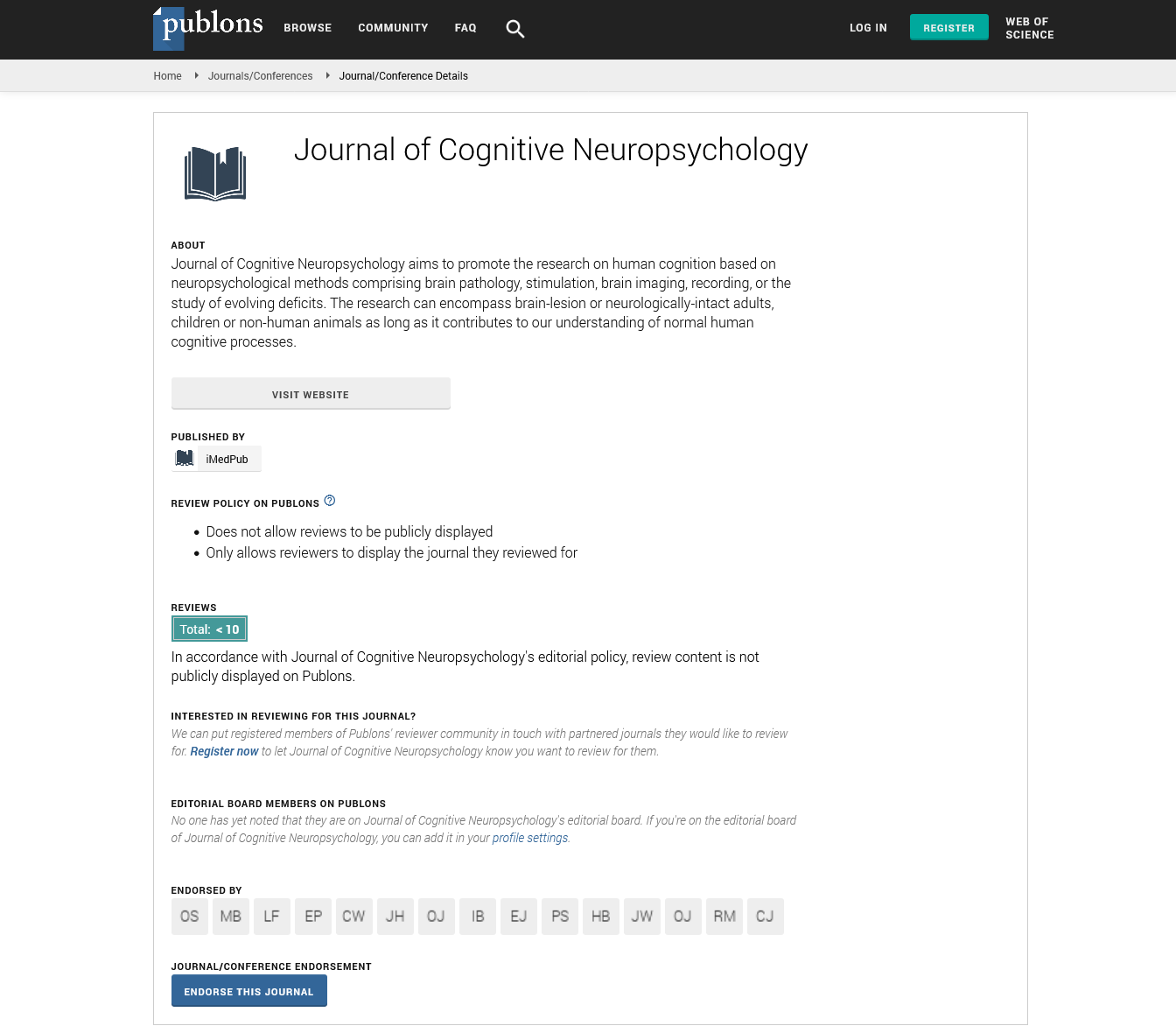Abstract
The Role of Subphonemic Units in Sub lexical Speech Errors: Insights from Resource Models of Working Memory
Background: Sublexical errors (e.g., “tent”→“dent”) may result from phoneme substitution (/t/→/d/) or from subphonemic processes, such as a change to a phonetic feature (voiceless→voiced). We employed resource based theories of working memory to disentangle these sources by analyzing the distance between errors and their targets in the articulatory phonetic space. If segmental encoding re lects the active assembly of phonetic features, precision should vary with word length. If, on the other hand, segmental encoding re lects the selection of whole phonemes as units, degree of precision should not vary with word length, as a phoneme is either correct or incorrect.
Methods and findings: 1,798 phonological errors were collected from four individuals with aphasia. Group level analyses showed that increased word length led to greater distance in phonetic space between the target and response phonemes (β=0.171, t=14.60, p<.001). This pattern was also clear in individuals data. A second set of analyses showed that this effect wasn ot driven by articulatory simpli ication.
Conclusions: These data provide strong support for the role of subphonemic units in the generation of sublexical errors in aphasia as well as during segmental encoding in word production.
Author(s): Jenah Black* and Nazbanou Nozari
Abstract | Full-Text | PDF
Share This Article
Google Scholar citation report
Citations : 8
Journal of Cognitive Neuropsychology received 8 citations as per Google Scholar report
Journal of Cognitive Neuropsychology peer review process verified at publons
Abstracted/Indexed in
- Google Scholar
- Publons
- MIAR
Open Access Journals
- Aquaculture & Veterinary Science
- Chemistry & Chemical Sciences
- Clinical Sciences
- Engineering
- General Science
- Genetics & Molecular Biology
- Health Care & Nursing
- Immunology & Microbiology
- Materials Science
- Mathematics & Physics
- Medical Sciences
- Neurology & Psychiatry
- Oncology & Cancer Science
- Pharmaceutical Sciences
